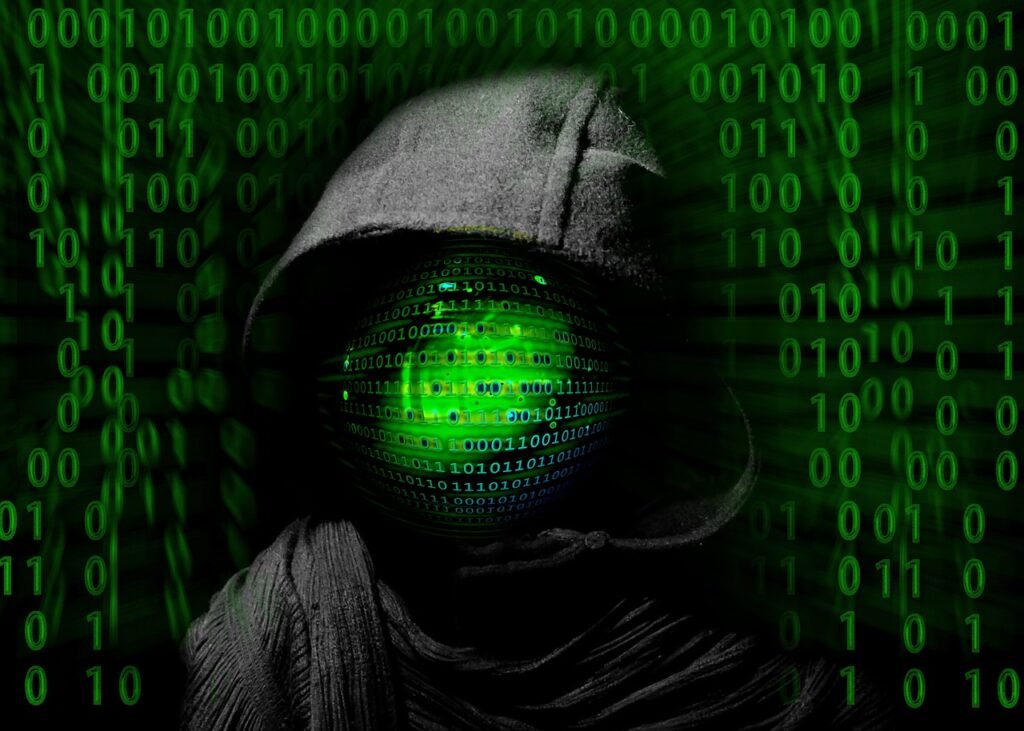One of my readers recently asked me this question, so I thought I would write a blog post to help answer it. Amidst the ever-changing terrain of cybersecurity, the dark web is a formidable threat to the privacy and security of individuals’ personal information. As technology advances, so do the methods employed by cybercriminals to exploit and trade-sensitive data on these hidden corners of the internet. This comprehensive guide will investigate how you can ascertain if your information has found its way into the murky realms of the dark web.

The Shadowy World of the Dark Web
The dark web, a covert part of the internet, is not indexed by traditional search engines, making it an ideal breeding ground for illicit activities. Cybercriminals often trade stolen data, including personal information, financial details, and login credentials, in exchange for cryptocurrency. The first step in protecting yourself is understanding the potential risks of the dark web and acknowledging the need for proactive measures.
Monitoring Your Digital Footprint
One of the initial signs that your information might be on the dark web is observing unusual activities within your online accounts. Review your bank statements, credit reports, and other financial transactions for discrepancies. Unexpected changes in login locations, devices, or IP addresses can be red flags indicating unauthorized access to your accounts.
Employing Dark Web Monitoring Tools
To combat the clandestine nature of the dark web, several online tools and services are designed to scan and monitor this hidden realm for compromised information. Platforms like Have I Been Pwned and Dark Web ID allow users to check whether their email addresses, usernames, or passwords have been exposed in data breaches or are being traded on the dark web. Utilizing these tools can provide early warnings and empower you to take swift action to secure your accounts.
Strengthening Your Security Arsenal
Prevention is critical in the realm of cybersecurity. Implementing robust security measures can significantly reduce the risk of your information ending on the dark web. Begin by using strong, unique passwords for each account, combining a mix of letters, numbers, and symbols. Enable two-factor authentication (2FA) wherever possible to add an extra layer of protection, requiring a second verification step beyond the password.
Regularly update your passwords and security settings to stay one step ahead of potential threats. Cybercriminals often target individuals who use outdated or easily guessable passwords, making regular updates a crucial aspect of maintaining a secure online presence.
The Importance of Privacy Settings
Review and adjust the privacy settings on your social media accounts and other online platforms. Limit the amount of personal information visible to the public, and be cautious about sharing sensitive details online. Cybercriminals often gather news from various sources to create a comprehensive profile of their targets, making it essential to control the information available about you on the internet. One example of these sources can look like harmless fun, too. Did you ever see a Facebook post saying, “Let’s have some fun. What car did you drive in high school?” These games may look fun and harmless, but if you used a security question such as “What was your first car?” answering this innocuous question on Facebook can give the cybercriminals one key piece of information they need.
Remaining Vigilant Against Phishing Attacks
Phishing attacks are a standard method cybercriminals employ to trick individuals into revealing sensitive information. Be cautious of unsolicited emails, messages, or links, especially those urging you to provide login credentials or personal details. Verify the legitimacy of requests by contacting the relevant institution directly through official channels rather than responding to potentially fraudulent communications.
Educating Yourself on Emerging Threats
The landscape of cybersecurity is dynamic, with new threats emerging regularly. Stay informed about the latest cybersecurity trends, tactics, and vulnerabilities. Following reputable cybersecurity blogs, attending webinars, and participating in online forums can help you stay abreast of evolving threats and empower you to adapt your security practices accordingly.
Safeguarding Your Digital Identity
As we navigate the intricate web of the internet, securing our personal information from the clutches of the dark web becomes paramount. By monitoring your digital footprint, employing dark web monitoring tools, strengthening your security arsenal, adjusting privacy settings, remaining vigilant against phishing attacks, and staying informed about emerging threats, you can take proactive steps to safeguard your digital identity. The dark web may be shadowy, but with the proper precautions, you can shine a light on potential threats and protect yourself from falling victim to the unseen dangers lurking in cyberspace.
Do you have a question?
Do you have a question you’d like to have us answer? send us an email or post your questions in as a comment below.

Great post, thank you for this information.